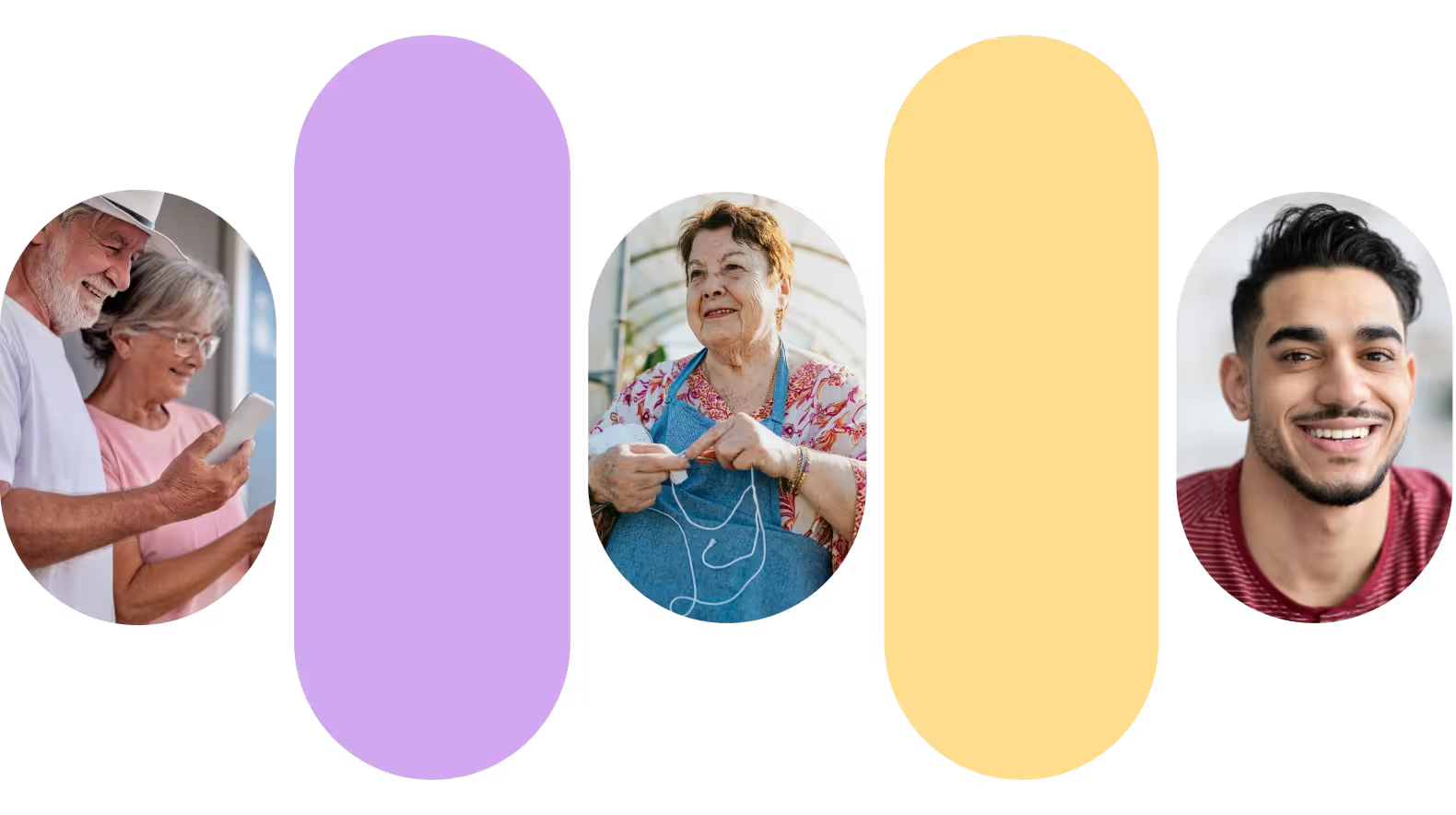A Historical Inclusion for Deaf Football Fans
Special jerseys that lit up and vibrated were created for deaf football fans. Read our latest article to find out all about it!

On April 13th, 2024, St. James Park in New Castle, England, generated a buzz. Deaf football fans could literally wear specially created jerseys that lit up and vibrated to match the crowd's noise.
It was a historical milestone for the Deaf community in the United Kingdom – thanks to sponsors from the Royal National Institute for Deaf People (RNID) and Sela. Fans were assured they would have this experience for the rest of the season.
How did it work?
There are microphones placed around the stadium. The jerseys are equipped with sensors that detect noise levels. The software encodes the noise into data and then sends a signal to the receivers in the shirts. The shirts would then light up and vibrate in synchronization with the crowd, allowing the Deaf fans to feel the excitement in real-time.
The Reception
These jerseys were initially used at the April 13th game against Tottenham. The game ended in a resounding 4-0 win, generating excitement for all, especially the d/Deaf fans. Overall, the feedback on implementing the haptic shirts was met with many positive reviews.
A video of deaf children wearing the jerseys at the game went viral, and their reactions of pure joy were amazing to see. The Newcastle team also incorporated British Sign Language (BSL) at the game – going above and beyond for inclusion. The deaf child explained how it even vibrated to match the location of the scoring – on the left or right side of his jersey to match the field.
Future Implications

My first thought was how adaptable this concept is for another minority group: DeafBlind fans. Many DeafBlind individuals use protactile sign language, and some also use haptics. Haptics is pressure placed on the back or arms by another person's hands to convey information about the environment, such as mood, location of people, furniture, etc.
Imagine if the back of the shirt could vibrate and mimic the location of players’ movement on the field in real-time with haptics. It seems very feasible with today’s state of technology. Overall, it is an innovative idea to enhance the experience of deaf and hard of hearing football fans. We hope other sports take notice and lead the way for the continued historic inclusion of all fans with disabilities.














